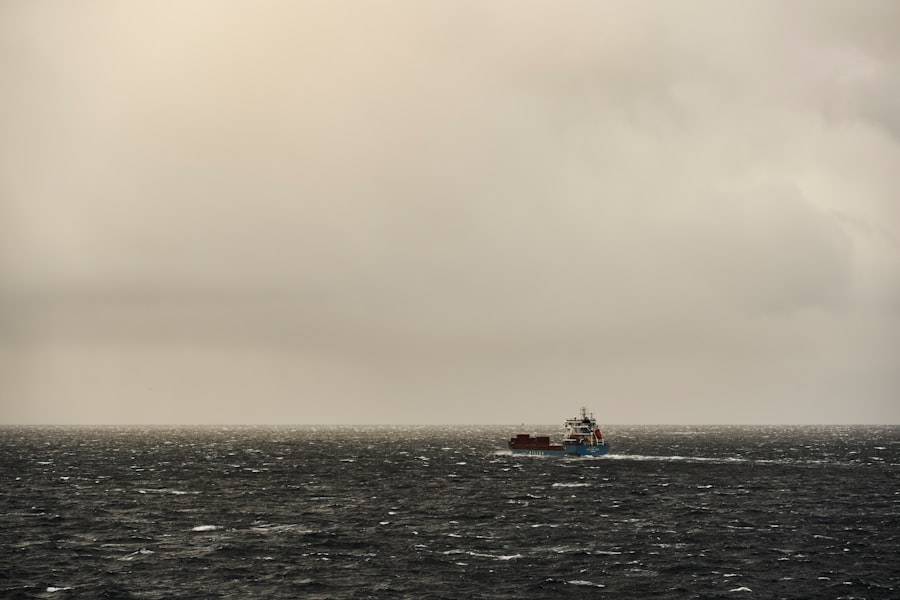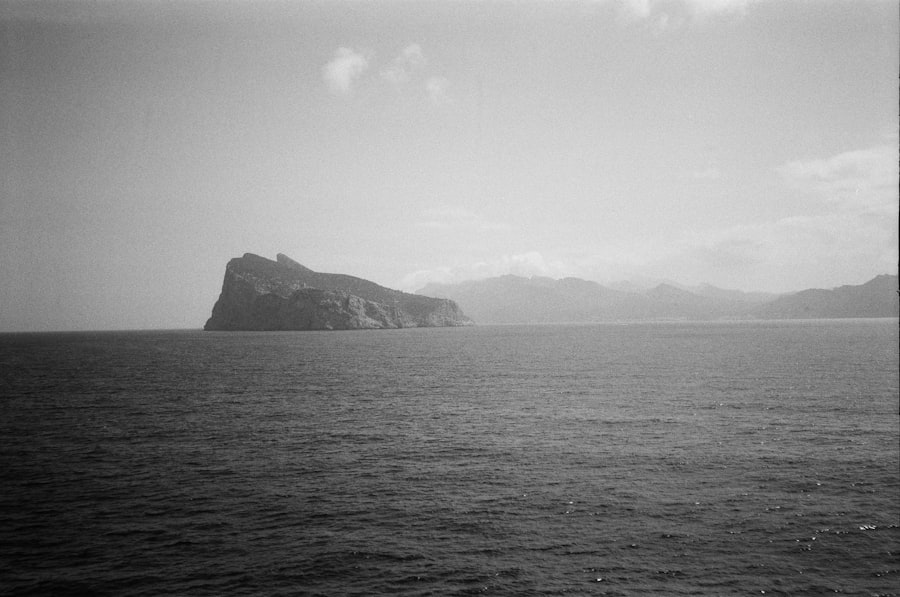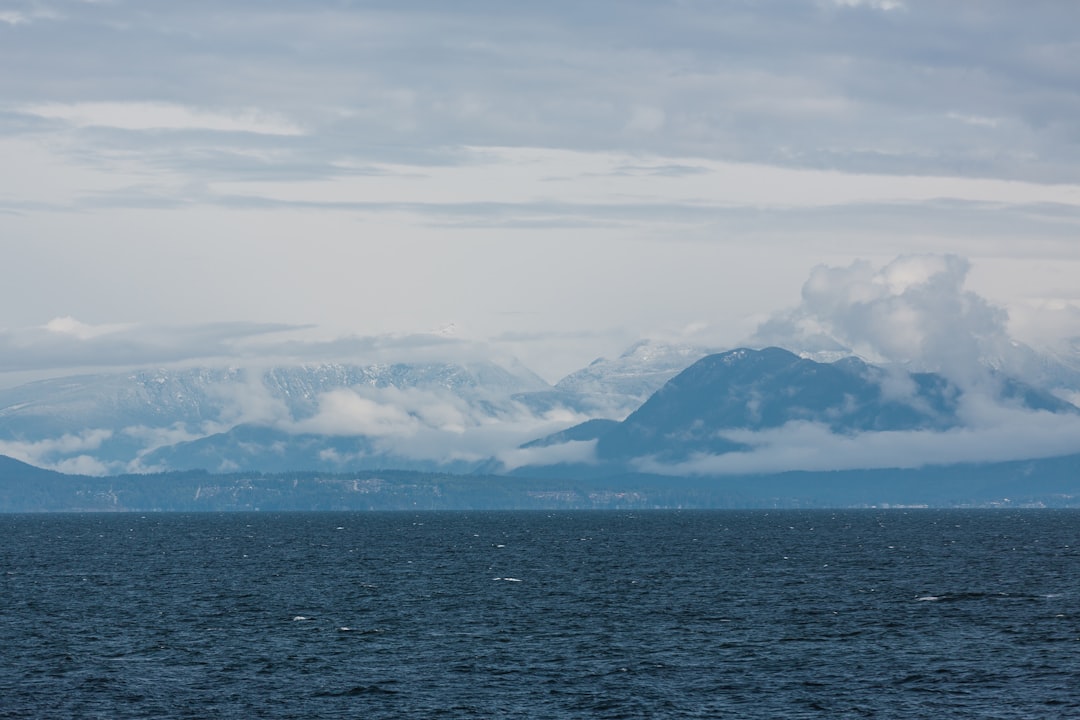The Drake Passage, a body of water situated between the southern tip of South America and Antarctica, is renowned for its tumultuous seas and unpredictable weather. This narrow stretch of ocean, measuring approximately 800 kilometers wide, serves as a critical junction for maritime navigation, connecting the Atlantic and Pacific Oceans. The passage is named after Sir Francis Drake, the English explorer who was one of the first to navigate these treacherous waters in the late 16th century.
The significance of the Drake Passage extends beyond its geographical location; it is a vital route for shipping and exploration, often regarded as one of the most challenging maritime passages in the world. The waters of the Drake Passage are characterized by their strong currents and high waves, which can reach heights of up to 15 meters during storms. This unpredictability has earned the passage a reputation for being perilous, making it a formidable challenge for even the most experienced sailors.
The convergence of cold Antarctic waters with warmer currents from the north creates a unique marine environment that is both rich in biodiversity and fraught with navigational hazards. Understanding these dynamics is essential for any seafarer attempting to traverse this formidable stretch of ocean.
Key Takeaways
- The Drake Passage is a treacherous body of water located between South America’s Cape Horn and the South Shetland Islands of Antarctica, known for its unpredictable and violent weather conditions.
- Tamil seafarers have a long history of navigating the Drake Passage, dating back to ancient times, and their experiences have contributed to the understanding of this challenging route.
- Navigating the Drake Passage poses significant challenges due to its strong winds, rough seas, and icebergs, and sailors employ various strategies such as timing their crossings and utilizing advanced navigational equipment to ensure safe passage.
- The Drake Passage plays a crucial role in Tamil maritime trade, providing a direct route for ships traveling between the Indian Ocean and the Pacific Ocean, facilitating trade and cultural exchange.
- The weather patterns in the Drake Passage can have a profound impact on navigation, with strong westerly winds and frequent storms creating hazardous conditions for sailors.
Historical significance of the Drake Passage for Tamil seafarers
For Tamil seafarers, the Drake Passage holds a historical significance that transcends mere navigation. The Tamil people, with their rich maritime heritage, have long been known for their seafaring skills and trade networks that extended across the Indian Ocean and beyond. The passage became a crucial waypoint for Tamil traders and explorers who sought to establish connections with distant lands, including those in South America and Antarctica.
This historical context highlights the importance of the Drake Passage not only as a navigational route but also as a bridge between cultures and economies. The legacy of Tamil seafarers in the Drake Passage is intertwined with their quest for trade and exploration. Historical accounts suggest that Tamil mariners were among the first to navigate these waters, utilizing their knowledge of celestial navigation and local currents to traverse the challenging conditions.
Their voyages contributed to the exchange of goods, ideas, and cultural practices between regions, fostering a sense of interconnectedness that has persisted through generations. The Drake Passage thus stands as a testament to the adventurous spirit of Tamil seafarers and their enduring impact on global maritime history.
Navigational challenges and strategies for the Drake Passage

Navigating the Drake Passage presents a myriad of challenges that require skillful seamanship and strategic planning. The unpredictable weather patterns, coupled with strong currents and shifting tides, can create hazardous conditions that test even the most seasoned sailors. One of the primary challenges faced by navigators is the infamous “Drake Shake,” a term used to describe the violent swells and turbulent waters that can arise without warning.
This phenomenon necessitates careful route planning and constant vigilance to ensure safe passage. To overcome these challenges, Tamil seafarers have developed a range of strategies that reflect their deep understanding of the maritime environment. One such strategy involves meticulous weather forecasting and monitoring, allowing sailors to anticipate changes in conditions and adjust their routes accordingly.
Additionally, experienced mariners often rely on traditional knowledge passed down through generations, which includes insights into local currents and wind patterns. By combining modern navigational tools with time-honored techniques, Tamil sailors are better equipped to navigate the complexities of the Drake Passage.
Importance of the Drake Passage for Tamil maritime trade
| Importance of the Drake Passage for Tamil maritime trade |
|---|
| 1. Strategic location for trade routes between the Indian Ocean and the Atlantic Ocean |
| 2. Provides access to the South American markets for Tamil merchants |
| 3. Facilitates the transportation of goods such as spices, textiles, and precious stones |
| 4. Enables the expansion of Tamil trade networks to the western hemisphere |
| 5. Offers opportunities for cultural exchange and diplomatic relations with South American civilizations |
The Drake Passage plays a pivotal role in Tamil maritime trade, serving as a vital conduit for the exchange of goods between different regions. Historically, Tamil traders utilized this route to transport spices, textiles, and other valuable commodities to markets in South America and beyond. The strategic location of the passage allowed for efficient trade routes that connected Tamil merchants with diverse cultures and economies, fostering economic growth and cultural exchange.
In contemporary times, the significance of the Drake Passage remains evident as it continues to facilitate international trade. The passage serves as a key route for shipping companies transporting goods between continents, making it an essential artery for global commerce. For Tamil traders, this presents opportunities to expand their reach and engage with new markets.
The economic implications of navigating the Drake Passage are profound, as it not only enhances trade prospects but also strengthens cultural ties between Tamil communities and other nations.
Weather patterns and their impact on navigating the Drake Passage
The weather patterns in the Drake Passage are notoriously unpredictable, posing significant challenges for those attempting to navigate its waters. The region is influenced by a variety of climatic factors, including strong winds, rapidly changing temperatures, and frequent storms. These conditions can create treacherous seas that require sailors to exercise caution and adaptability.
Understanding these weather patterns is crucial for ensuring safe passage through this volatile region. For Tamil seafarers, knowledge of local weather conditions is paramount. Mariners often rely on advanced meteorological tools alongside traditional wisdom to make informed decisions about their voyages.
By closely monitoring weather forecasts and recognizing signs of impending storms, sailors can adjust their routes or delay departures to avoid dangerous conditions. This proactive approach not only enhances safety but also underscores the importance of adaptability in navigating the ever-changing environment of the Drake Passage.
Cultural significance of the Drake Passage for Tamil seafaring communities

The cultural significance of the Drake Passage extends beyond its role as a navigational route; it embodies the spirit of adventure and resilience inherent in Tamil seafaring communities. For generations, Tamil sailors have viewed crossing this formidable passage as a rite of passage—a test of skill and courage that connects them to their maritime heritage. The stories and legends surrounding these voyages have become integral to Tamil culture, enriching their identity as seafarers.
Moreover, the Drake Passage serves as a symbol of unity among Tamil communities spread across different regions. The shared experiences of navigating these challenging waters foster a sense of camaraderie among sailors, reinforcing cultural ties that transcend geographical boundaries. Festivals and gatherings celebrating maritime traditions often include references to the Drake Passage, highlighting its importance in shaping collective memory and identity within Tamil seafaring communities.
Technological advancements in navigating the Drake Passage for Tamil sailors
In recent years, technological advancements have revolutionized navigation in the Drake Passage, providing Tamil sailors with tools that enhance safety and efficiency. Modern navigational systems equipped with GPS technology allow mariners to pinpoint their location with remarkable accuracy, reducing reliance on traditional methods alone. These innovations have significantly improved route planning and decision-making processes, enabling sailors to navigate the complexities of the passage with greater confidence.
Additionally, advancements in weather forecasting technology have transformed how sailors approach their voyages through the Drake Passage. Real-time data on wind patterns, wave heights, and storm systems empower Tamil seafarers to make informed choices about when to set sail or alter their course. By integrating these technological tools with their traditional knowledge, Tamil sailors are better equipped to face the challenges posed by this unpredictable maritime environment.
Wildlife and environmental considerations in the Drake Passage
The Drake Passage is not only known for its navigational challenges but also for its rich biodiversity and unique marine ecosystems. The waters are home to an array of wildlife, including seals, whales, and various seabird species that thrive in this nutrient-rich environment. For Tamil seafarers navigating these waters, an awareness of wildlife patterns is essential—not only for safety but also for conservation efforts aimed at protecting these fragile ecosystems.
Environmental considerations play a crucial role in maritime activities within the Drake Passage. As awareness grows regarding climate change and its impact on marine life, Tamil sailors are increasingly mindful of their ecological footprint while traversing these waters. Sustainable practices such as responsible fishing methods and waste management are becoming integral to their operations.
By prioritizing environmental stewardship, Tamil seafarers contribute to preserving the delicate balance of life within the Drake Passage while continuing their maritime traditions.
Traditions and rituals associated with crossing the Drake Passage for Tamil seafarers
Crossing the Drake Passage is often accompanied by a rich tapestry of traditions and rituals that reflect the cultural heritage of Tamil seafarers. These practices serve not only as expressions of faith but also as means of fostering unity among crew members during challenging voyages. Before embarking on a journey through these treacherous waters, sailors may engage in prayers or rituals seeking protection from adverse conditions and safe passage.
Additionally, storytelling plays a significant role in these traditions. Sailors often share tales of past voyages—both triumphant and perilous—around communal gatherings or during long nights at sea. These narratives serve as both entertainment and education, passing down valuable lessons learned from previous crossings through the Drake Passage.
Such traditions reinforce camaraderie among crew members while instilling a sense of pride in their shared heritage as Tamil seafarers.
Economic implications of the Drake Passage for Tamil maritime trade
The economic implications of navigating the Drake Passage are profound for Tamil maritime trade. As a critical route for international shipping, it facilitates access to global markets that would otherwise be difficult to reach. For Tamil traders engaged in exporting goods such as spices or textiles, this passage represents an opportunity to expand their business horizons significantly.
The ability to connect with diverse markets enhances economic prospects not only for individual traders but also for entire communities reliant on maritime commerce. Moreover, as global trade continues to evolve, so too do the economic opportunities associated with navigating the Drake Passage. The increasing demand for sustainable products has prompted Tamil traders to explore eco-friendly practices within their operations while capitalizing on emerging markets focused on sustainability.
By adapting to changing consumer preferences while leveraging their historical expertise in navigation through challenging waters like those found in the Drake Passage, Tamil seafarers position themselves favorably within an ever-competitive global economy.
Future prospects and developments in navigating the Drake Passage for Tamil sailors
Looking ahead, future prospects for Tamil sailors navigating the Drake Passage appear promising yet challenging due to ongoing environmental changes impacting maritime routes worldwide. As climate change continues to alter weather patterns across oceans globally—including those affecting this critical passage—Tamil seafarers must remain adaptable while embracing innovative solutions that enhance safety during voyages. Furthermore, collaboration among international maritime organizations focused on improving navigational safety standards will be essential moving forward.
By participating actively in discussions surrounding best practices related to navigation through challenging waters like those found within this region—Tamil sailors can contribute valuable insights based on their rich heritage while benefiting from advancements made by others within global maritime communities. In conclusion, while navigating through one of nature’s most formidable passages presents undeniable challenges—it also offers immense opportunities for growth within both cultural identity preservation among Tamil communities engaged in seafaring traditions alongside economic development through expanded trade networks across continents connected via this vital waterway known as “Drake.
For those interested in exploring more about this fascinating topic, you might find the article on MyGeoQuest insightful.
To read more about it, you can visit the article by clicking on this link.
WATCH NOW! Drake Passage: Earth’s Deadliest Waters Revealed
FAQs
What is the Drake Passage?
The Drake Passage is the body of water between the southern tip of South America and the northern tip of the Antarctic Peninsula. It is known for its rough seas and strong winds, making it one of the most challenging maritime routes in the world.
Why is the Drake Passage significant?
The Drake Passage is significant because it is the shortest and most direct route between Antarctica and the rest of the world. It is also an important area for scientific research and exploration due to its unique oceanographic and ecological characteristics.
What is the significance of the Drake Passage to Tamil Nadu?
The Drake Passage is significant to Tamil Nadu because it is a crucial route for ships traveling between the Indian Ocean and the Pacific Ocean. Tamil Nadu, being a major maritime state in India, has historical and economic ties to the passage.
What are the challenges of navigating the Drake Passage?
The Drake Passage is known for its extreme weather conditions, including strong winds, high waves, and unpredictable storms. Navigating through the passage requires careful planning and experienced crew due to the challenging maritime environment.
How does the Drake Passage impact global trade?
The Drake Passage is an important route for global trade as it connects the Atlantic and Pacific Oceans. It is used by ships transporting goods between South America, Antarctica, and other parts of the world, impacting international trade and commerce.
